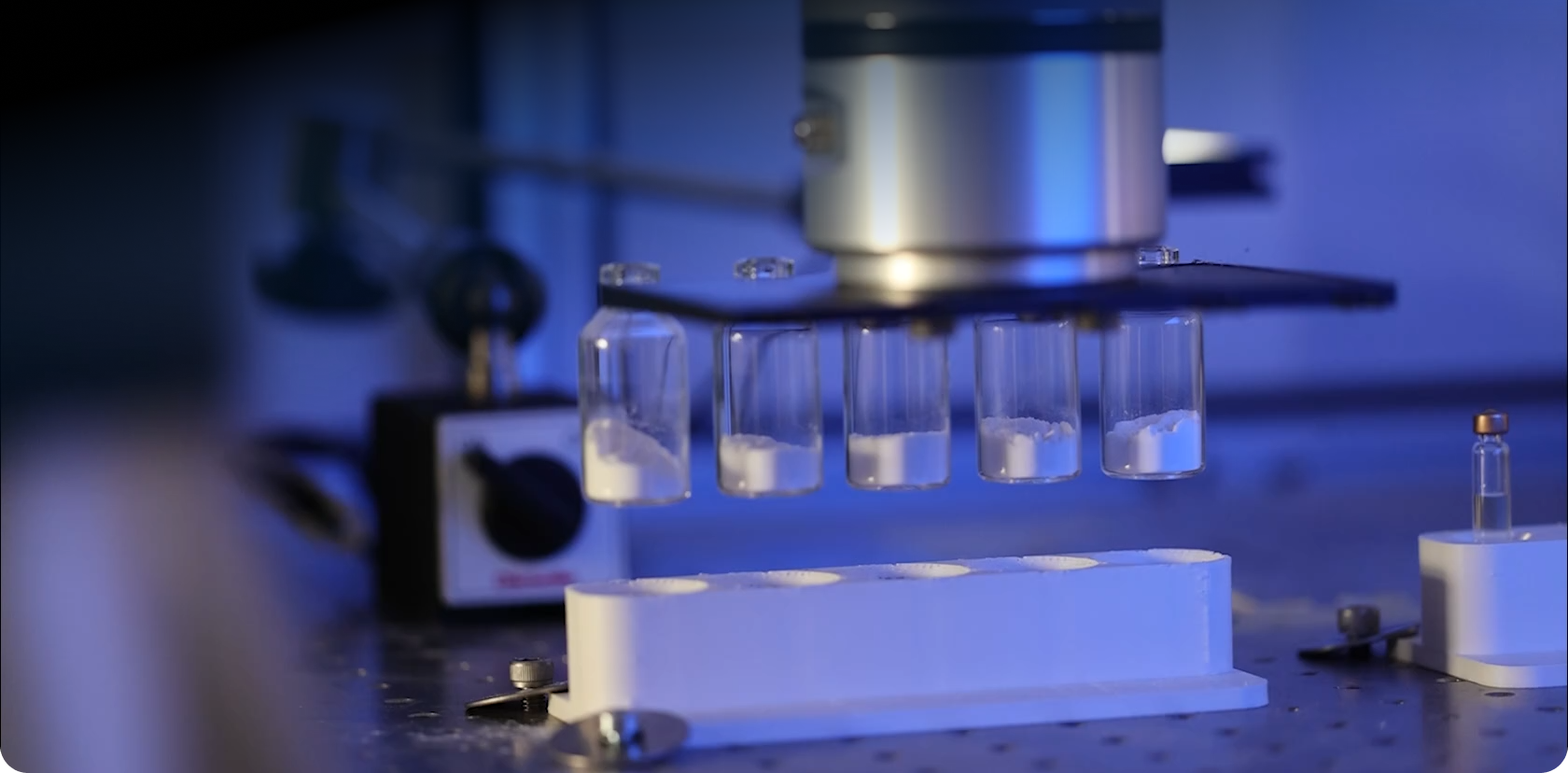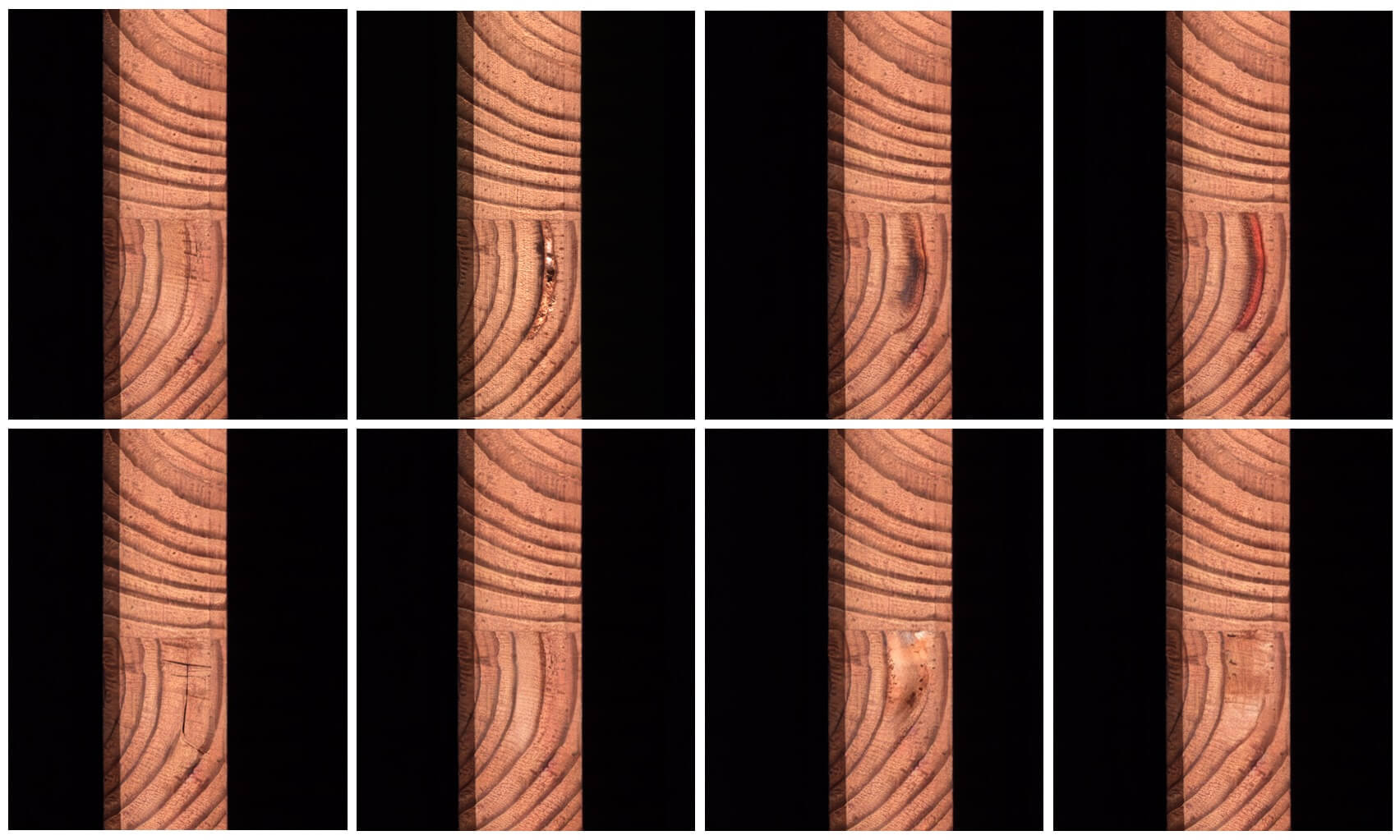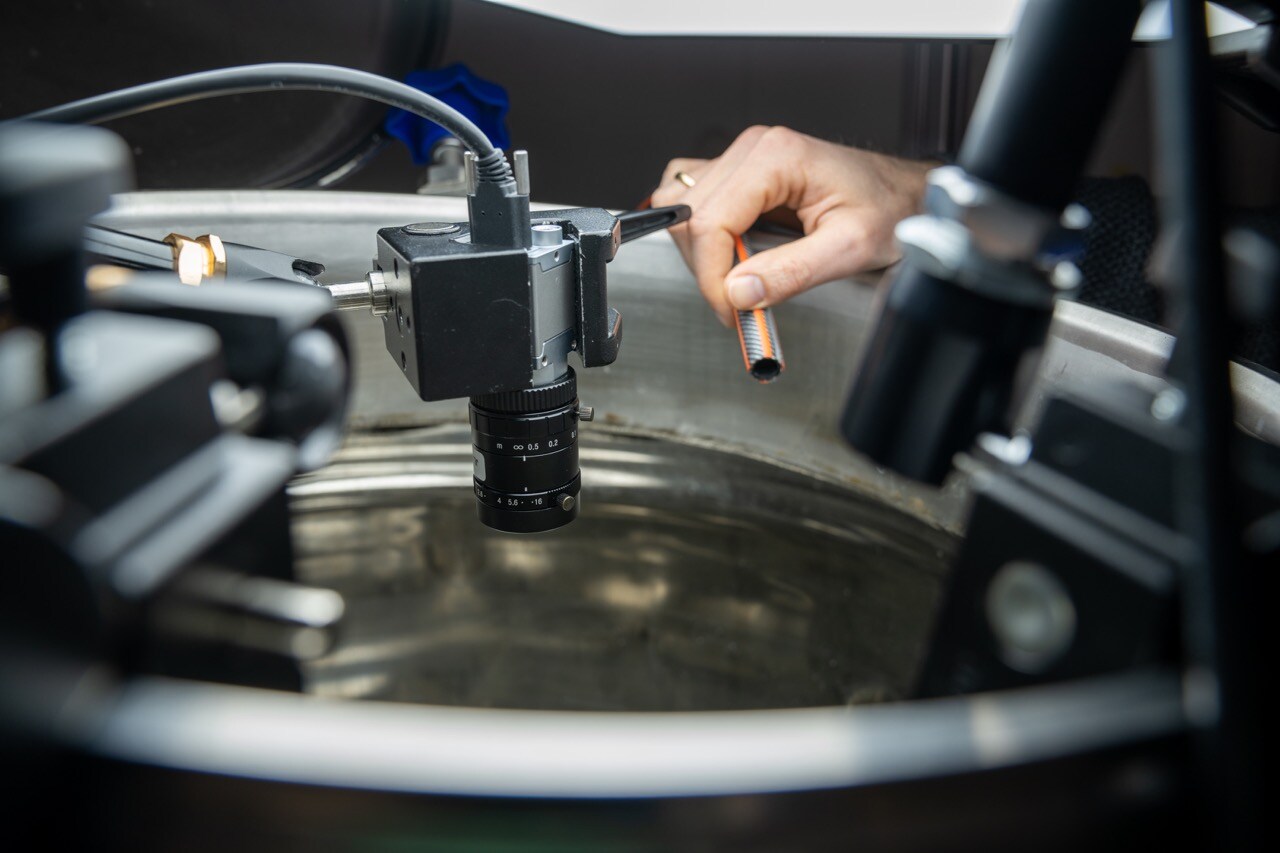Industrial Non-Destructive Testing (NDT) is the process of inspecting, testing, and evaluating various properties of material or components without modifying the inspected item.
Not only does this method allow for safer, quicker results that don't damage expensive assets and materials, but NDT also helps manufacturers reach greater levels of efficiency in product quality control.
NDT involves various tests such as ultrasonic, radiographic, eddy current, and other forms of non-invasive testing techniques like advanced visual inspection. With these methods, manufacturers are able to identify defects, flaws, and potential issues before they become costly problems down the line.
In this blog post we will discuss how NDT can be beneficial in quality control and go through some common NDT methods and their use cases.
What is NDT used for?
Industrial non-destructive testing (NDT) is a method of inspecting materials and components for defects or flaws without causing any damage. Its purpose is to detect hidden problems that may otherwise be missed by traditional, destructive tests. Common NDT techniques are ultrasonic, radiographic, and liquid penetrant testing and a number of testing needs can also be met with advanced machine vision techniques.
NDT is often used to identify surface cracks, internal discontinuities, corrosion, and other conditions in metals, wood, and other materials used in many industries. It can also be used to verify the integrity of e.g. welds and determine if parts are within tolerance limits.
Advantages of NDT
An important advantage of NDT is the ability to perform inline tests on running production lines, meaning quality control becomes an integrated part of the production flow. When you can perform quality control at an earlier stage of the production process, you detect flaws and defects before the items are finished, meaning you avoid spending resources on finishing faulty items.
The advantages of using NDT over destructive methods include decreased costs associated with material replacement; improved safety due to less risk of injury during testing; faster turnaround time for inspections; better accuracy when detecting flaws; and increased reliability in product performance.
The data generated through NDT can provide you with valuable information about your production line. Using this insight to continuously adjust and improve your production line can also help make the production process more efficient.
When talking about use cases for NDT, aerospace engineering, automotive manufacturing, and power generation plants where precision measurements are required on critical components, are often mentioned. However, NDT is used in different many ways to improve quality control in the manufacturing industry.
5 Popular Methods of NDT
Ultrasonic Testing
Ultrasonic testing utilizes high-frequency sound waves to detect defects in materials like metals and composites. Ultrasonic testing is used to locate structural discontinuities such as cracks, voids, porosity, seams in welds, and other casting defects. Ultrasonic testing can also provide critical measurements of material thickness and determine if parts are within tolerance limits.
Radiographic Testing
Radiographic testing uses gamma radiation or X-rays to penetrate a material so that any imperfections or flaws can be seen from the outside surface. Radiographic testing is often used for inspecting welds, castings, and other complex structures which can’t be inspected easily with visual inspection techniques. This technique is ideal for detecting small cracks which are difficult to spot with the naked eye. It’s commonly used in the aerospace industry for aircraft inspections and it is also used extensively in medicine for medical imaging purposes such as CAT scans (Computerized Axial Tomography).
Eddy Current Testing
Eddy current testing uses alternating magnetic fields to create an electrical current within a conductor which then flows around any imperfections it may encounter due to differences in the physical properties of different materials. Eddy current testing is often used for detecting thin cracks on the surface of conductive materials like steel or aluminum alloys which can’t be detected by ultrasonic testing or visual inspection techniques. Common applications include industrial plant maintenance, automotive design, and construction projects where critical components must be inspected regularly for wear or cracks before they cause catastrophic failure events.
Liquid Penetrant Testing
Liquid penetrant testing involves applying a dye solution onto the surface of a material or component to reveal any defects or cracks that may have been otherwise undetectable with just visual examination alone. This technique can also be used by automotive manufacturers who employ it as part of their quality control process when inspecting car frames for structural integrity as well as examining welding seams around individual parts.
Visual Inspection with Machine Vision
Finally, visual inspection with advanced machine vision is a form of Non-Destructive Testing which uses cameras or scanners to capture an image of the inspected item and then have a computer process and evaluate the image to detect surface irregularities, cracks, or other anomalies that would be difficult or time-consuming to detect with the human eye.
In some cases, AI or machine learning is applied to classify defects or identify patterns much more efficiently than what is possible with a manual process.
Visual inspection is often the most straightforward method of NDT and is used for quality control purposes in multiple industries. Read more about the top 5 quality control challenges in the manufacturing industry and how machine vision helps solve them.




